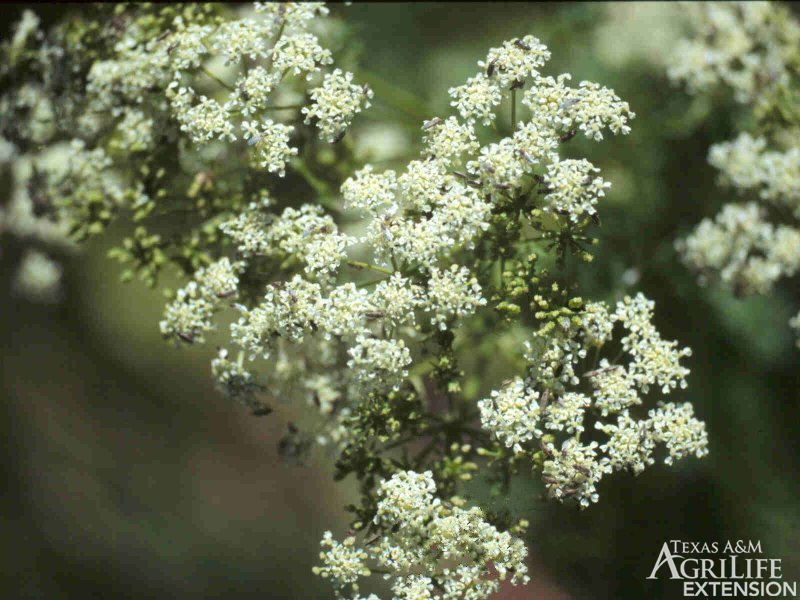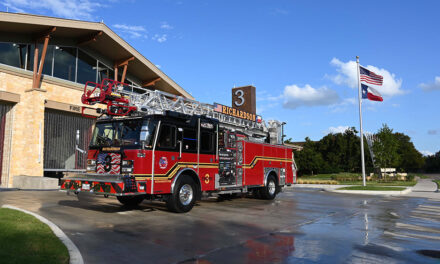Though poison hemlock was once considered a weed to watch for if you lived in the southern half of Texas, North Texans now need to be more aware, as sightings in the Dallas area were recently reported on social media and in local news reports. According to Texas AgriLife Extension, all parts of the plant are extremely poisonous to both people and pets and can cause a fatal reaction, not only from ingestion but from skin contact or inhaling the plant’s fumes.

Identifying characteristics include:
- White flowers (in spring and early summer) that are arranged in umbrella-shaped clusters
- Stout, light green flower stalks that may be purple-streaked/splotched; may grow to 10 feet high
- Leaves are mostly triangular and lacy; both leaves and stems are hairless
If pulling by hand, safe removal requires wearing gloves and protective clothing. If mowing an area with the plants, it must be done in early summer before the plant has set seeds. Any pulled plants as well as seed heads should be disposed of in the garbage. Never burn the plant, as this releases its toxins in the air.
More information: Plants of Texas Rangelands » Poison Hemlock (tamu.edu)



